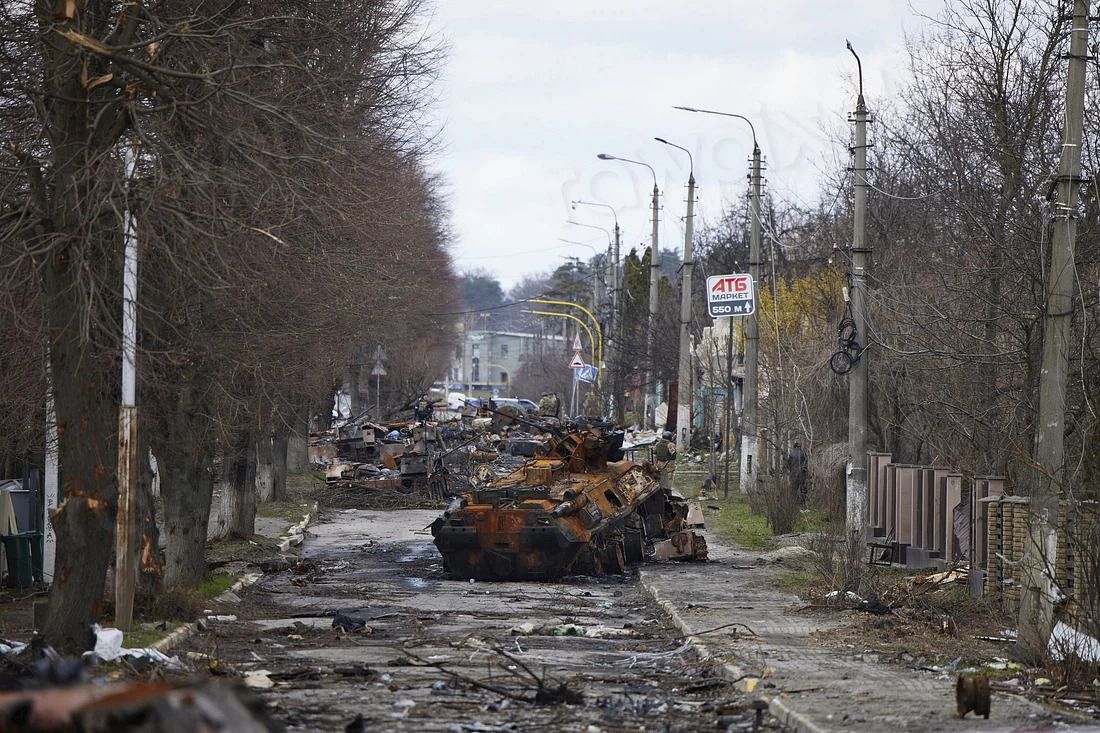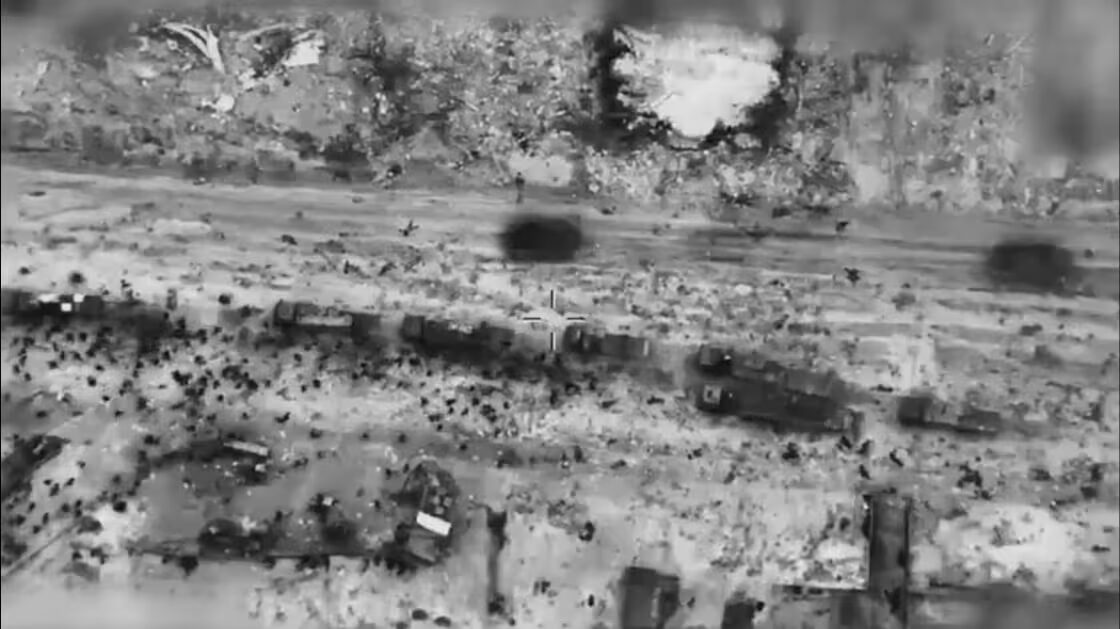Never has any major Western media outlet during the war reported that the Ukrainian army has suffered more casualties than the Russian army. This may be because the Russian forces have indeed lost more than the Ukrainians, but the ratio as high as 3 to 1 in favor of the side that has been consistently out-gunned and operating without an air force has always seemed suspicious.
Then, The Sunday Times reported over the weekend that the average age of the Ukrainian soldier on the front lines is 43, and the idea that somehow the nation that has been outgunned and outmanned for two years, and which is now fielding a middle-aged soldiery is somehow inflicting 3 to 1 casualties becomes outright absurd.
In the early months of the war, when Ukraine’s volunteer force was consistently scoring victories against the Russians, it was common to see ratios even higher than three-to-one—which may have indeed been possible, as an army in flight is at its most vulnerable.
However, according to a researcher at the Department of Peace and Conflict Research at Uppsala University in Sweden, regarding Russian military losses, Ukraine engaged in a misinformation campaign to boost morale, and “Western media were generally happy to accept its claims,” while Russian estimates of Ukrainian dead and wounded were roundly dismissed.
Western media routinely relied on sources from US and UK defense or intelligence officials, which based on the character of the support shown to Ukraine throughout the war (these nations provided the bulk of military assistance to Ukraine) any objective mind would suspect them as being equally fraudulent.
Indeed, the once-unanimous support for the war amongst Western democracies faded quickly as the inescapable reality of a stalemate or Ukrainian loss made itself manifest in the press, suggesting that the prior need to depict the conflict as one-sided may have even been more urgent on the part of the US, for example, whose highest civilian military authorities both said early on that their preferred policy position was “to see Russia weakened and isolated,” than Ukraine.
But it was in May and June of 2022, that it became increasingly clear the war was turning into one “of artillery” and unbiased Western military experts estimated that depending on which part of the front line you looked, the Russian military outgunned their Ukrainian opponents by as high as 5 to 1, and even 10 to 1 in some cases.
As 2022 turned into 2023, Ukrainian commanders chose to fight inside cities on four separate occasions rather than abandoning their positions in the face of this artillery mismatch. The result was that Ukraine lost all four battles of Severodonetsk, Lysychansk, Soledar, and Bakhmut, with sometimes dreadful casualty rates of 120–800 per day.
The rate of expenditure of artillery pieces and shells during these four battles was high, and became so great that the US was forced to send older cluster munitions from the time of the First Gulf War because they were the right caliber for the Ukranian guns.
Now, the New York Times’ Thomas Gibbons-Neff reports that some artillery batteries receive just 2 to 5 shells for a whole day’s operations, while the rumble of artillery fire from the Russians was reported as being as loud as during the fighting for Bakhmut, where the Russians were firing 60,000 rounds per day.
It’s under these conditions that the Sunday Times reports that the average age of soldiers in the Ukrainian army is 43. This is as much because there doesn’t seem to be many young potential recruits as because the compulsory military service is having to collect people on the fringes of society.
“Three out of ten soldiers who show up are no better than drunks who fell asleep and woke up in uniform,” one of the soldiers told the New York Times.
“At [48], it’s hard to fulfill tasks. For some, even carrying ammunition and body armor to the frontline positions is tough,” one soldier told The Sunday Times, who added that “people are running out and the quality of reinforcements is getting lower and lower each time”.
PICTURED ABOVE: Ukrainians honoring fallen soldiers at a memorial wall. PC: Υπουργείο Εξωτερικών. CC 2.0.



